Succulent Leaf Predators: Revealing the Culprits
Pests can be a real pain for plants, and even succulents are not immune! These tough little plants may seem strong, but they can still fall victim to pesky critters and diseases. If we don’t act fast, these intruders can wreak havoc on our leafy friends. So, in this article, we will delve into the world of succulent pests and explore what eats succulents. Get ready to uncover the mysterious creatures that can’t resist a tasty succulent leaf!
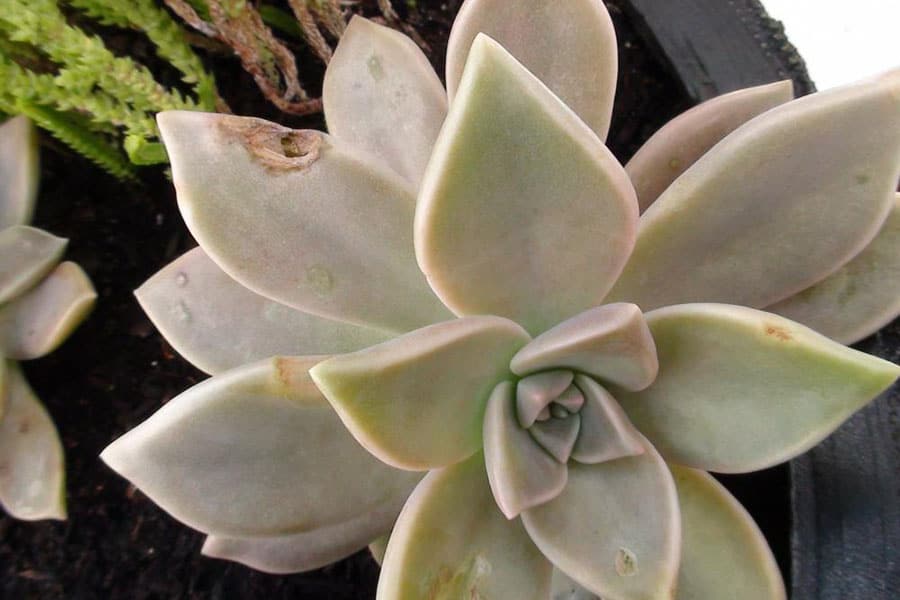
Contents
What Eats Succulent Leaves?
Mealybugs
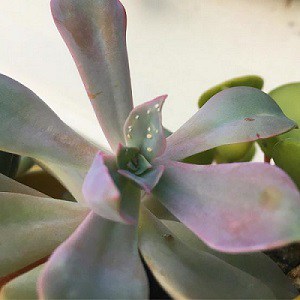
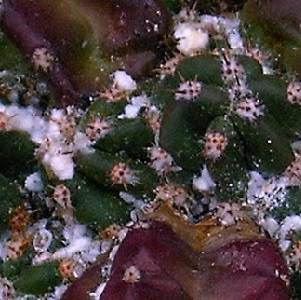
These tiny critters love to hang out on succulent plants and can cause some trouble. You’ll know you have mealybugs if you see bumps, white fuzz, waxy secretions, or hardening on the leaves and stems of your succulent. These pests can multiply quickly, especially the females who don’t even need males to reproduce. They suck the sap from your plant, which weakens it and can even cause discoloration. But don’t worry, there are ways to get rid of them! You can spray your plant with water or use isopropyl alcohol. Another option is to use a mixture of dish soap and water, or apply olive oil or sunflower oil to suffocate these little bugs. Just keep in mind that you may need to repeat the treatment until they’re gone.
Caterpillars and Worms
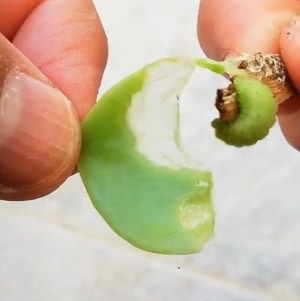
Caterpillars and worms can also be a nuisance for succulents. They love to munch on the young leaves and shoots of your plants. They can even find their way inside the stems and leaves, weakening your succulent. If you spot a caterpillar problem, you’ll need to use insecticides specifically designed to tackle this pest.
Long-tailed Mealybug
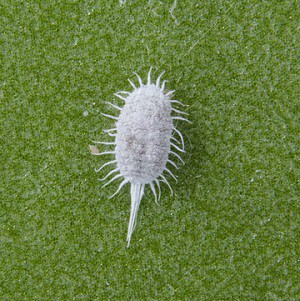
The long-tailed mealybug is another type of pesky critter that can attack your succulents. It’s a bit smaller than the cottony mealybug and has long filaments at the back. They love hiding in warm and humid areas, like the buds of your plants. They extract the sap from your succulent, which hinders its growth and can cause malformations or yellowing of the leaves. This bug is a bit trickier to control, but you can use commercial insecticides and carefully follow the instructions.
Aphids
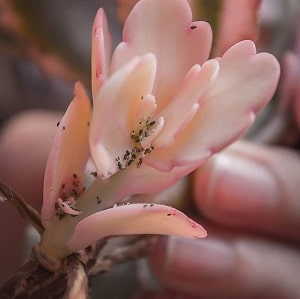
Aphids are common pests that can be hard to see on succulents. They tend to appear on plants with rosette-shaped leaves. These pests can cause rolled leaves, twisted shoots, stunted growth, and blackened areas. They usually hang out on the underside of the leaves and tender shoots, forming groups. They have a symbiotic relationship with ants, as the aphids produce sugary secretions that the ants enjoy. When aphids bite your succulent, it can hinder its growth and lead to wounds that make your plant susceptible to other diseases. You can eliminate aphids with commercial insecticides made for this purpose.
Snails and Slugs
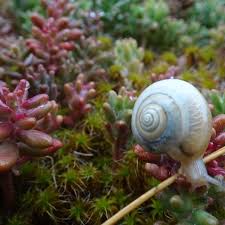
Watch out for snails and slugs! These slimy pests can cause serious damage to your succulents. You’ll notice eaten areas on the stem and leaves and the characteristic slime they leave behind. They tend to come out during high humidity, rainy weather, or after watering. They typically target the tender and juicy parts of your plant. These voracious pests can completely devour your succulent, so it’s crucial to control them. You can use suitable commercial insecticides or go for an ecological solution and place containers with beer to attract and drown them.
Red Spider Mites
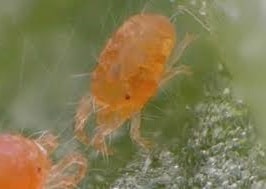
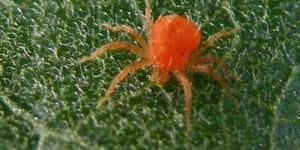
Red spider mites are hard to spot with the naked eye, but their presence can cause trouble for your succulents. The symptoms include yellowish or grayish spots on the upper side of the leaves and fine spider webs on the underside. These mites love hot and dry conditions, making succulents an ideal target. They extract sap from your plant, leading to dull appearance, brown or yellowish spots, and malformations. These pests can be challenging to control, but using water sprays can help prevent them. If the problem persists, you’ll need to use commercial products recommended for mite infestations.
Thrips
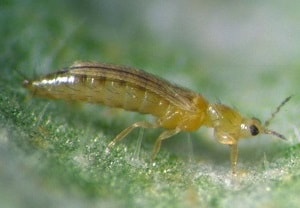
Thrips are tiny insects that can cause bright bites on the leaves of your succulents. You might see yellowish or silver spots along with their presence. They’re about 1 mm in length and can be yellow or brown in color. Thrips can hinder the growth of your plant, including preventing flowers from opening. They reproduce by eggs and feed on the sap of your succulent. You can eradicate them using commercial insecticides specifically designed for thrips.
Whitefly
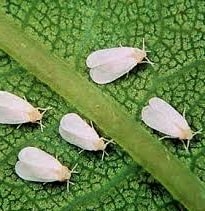
Whiteflies are tiny whitish flies that love to target plants with leaves. Their presence can cause yellowing and eventual death of leaves. You may see them fluttering around the infested leaves if you shake your plant. These pests lay eggs on the underside of leaves and can reproduce rapidly. You can use commercial insecticides to eliminate whiteflies effectively.
Vine Weevils
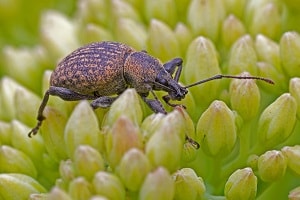
Weevils are a type of beetle with a snout, and they can cause damage to your succulents. There are many different species of weevils, and they come in various colors, shapes, and sizes. These herbivores can eat leaves and grains, and some of them even have shiny scales or hairs on their bodies. Wine weevils are just one example. They can be small but cause big problems. Using appropriate commercial insecticides can help control them.
Other Pests: Grasshoppers, Rodents
Don’t forget about grasshoppers! These insects can eat the leaves of your succulents and wreak havoc. If you have a grasshopper problem, insecticides can help you tackle the issue. Additionally, rodents like to snack on the juicy and soft parts of succulents, causing severe damage. You may need to use specific poisons or traps to deal with rodent infestations. However, be cautious if you have children around and take necessary safety measures.
Remember, pests and plants are often connected, and it’s almost impossible to completely get rid of all pests. But don’t give up! By being proactive and using appropriate treatments, you can keep your succulents healthy and thriving.
FAQs
Do deer eat succulent plants?
Occasionally, deer might have a taste for perennial sedum, a type of succulent. The University of Vermont Extension states that deer find succulents quite appealing. According to the North Carolina Cooperative Extension, deer can cause damage to certain species of sedum. The University of Georgia Cooperative Extension Service specifically mentions Autumn Joy sedum as a favorite snack for deer. It’s important to note that while some plants may be labeled as “deer resistant,” this doesn’t guarantee they won’t be eaten. The North Carolina Cooperative Extension warns that when deer don’t have alternative food sources, they will eat almost any plant they come across.
